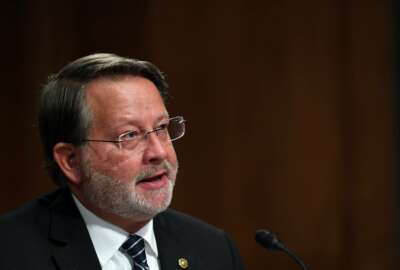

We have seen a lot in the press recently regarding “burrowing in” and the options the Biden Administration may have in dealing with former Trump Administration...
We have seen a lot in the press recently regarding “burrowing in” and the options the Biden Administration may have in dealing with former Trump Administration appointees who are now in permanent or semi-permanent jobs. So — what is burrowing in? Is it common? And what can the Biden administration do about it?
Burrowing in is not new. Every time there is a change of administrations, there are complaints that the outgoing administration engaged in burrowing. The belief is that the burrowed in employees are there to undermine the new administration. The press usually cover it, members of Congress write letters and demand justification for hires of former politicals, and new appointees wonder if they can trust these former political appointees. When I began working as Chief Human Capital Officer (CHCO) for the Department of Homeland Security (DHS), one of my first tasks was reviewing case files on a group of George W. Bush Administration officials who had burrowed into jobs in DHS. The review was prompted by a request from the Chair of a House committee.
What was the result? None of the appointments violated any law, rule or regulation. None of the appointees engaged in any mischief making over the next few years. My experience has been that most appointees who burrow in do not spend the next few years undermining the administration that followed their own. Does that mean that Trump Administration appointees will do the same? Maybe, but the Trump Administration did engage in more government bashing than any previous administration, including the Reagan Administration, and in many areas they did not support a smooth transition. Perhaps their more ideological appointees will be more likely to attempt to undermine the Biden Administration.
The new administration can take steps to ensure that does not happen. Here are a few examples of situations that can occur with burrowed in employees and what the Biden Administration can do about them.
All of this assumes the appointments are legal and the agencies followed the rules for hiring and did not engage in prohibited personnel practices to hire them. If an appointment is found to be improper, the agency can take steps to remove the employee. There are so many variables in such cases that there is no simple rule that can be applied across the board. The agency must identify the specific deficiencies in the hiring process. Keep in mind that the fact that the new administration would not have hired the person is not sufficient reason to declare an appointment invalid. As I have written on this blog before, “best qualified” is in the eye of the beholder. The types of problems that would make an appointment invalid are things like “cooking” the process to ensure the burrowed in employee was determined to be among the best qualified, or failing to follow the requirements of a particular hiring authority.
It is important to remember that having a job does not mean having a particular job. Agencies have the authority to reassign employees to other positions and to other geographic areas. The right to assign work is a fundamental agency right and employees rarely succeed in challenging reassignments. If a burrowed in employee is in a key position and the agency wants to do a reassignment, they generally can. There are some limitations on reassignment of members of the Senior Executive Service. Career SES cannot be involuntarily reassigned within 120 days after an appointment of the head of the agency or within 120 days after the appointment of a new political supervisor. They also require advance notice of reassignments.
The bottom line is that every case of burrowing has to be examined individually. Appointments that are not complete can be stopped. Agencies have broad authority to terminate probationary employees who do not perform as needed. Employees who are not serving a probationary period are probably not going anywhere.
Jeff Neal authors the blog ChiefHRO.com and was previously the chief human capital officer at the Department of Homeland Security and the chief human resources officer at the Defense Logistics Agency.
Copyright © 2025 Federal News Network. All rights reserved. This website is not intended for users located within the European Economic Area.

